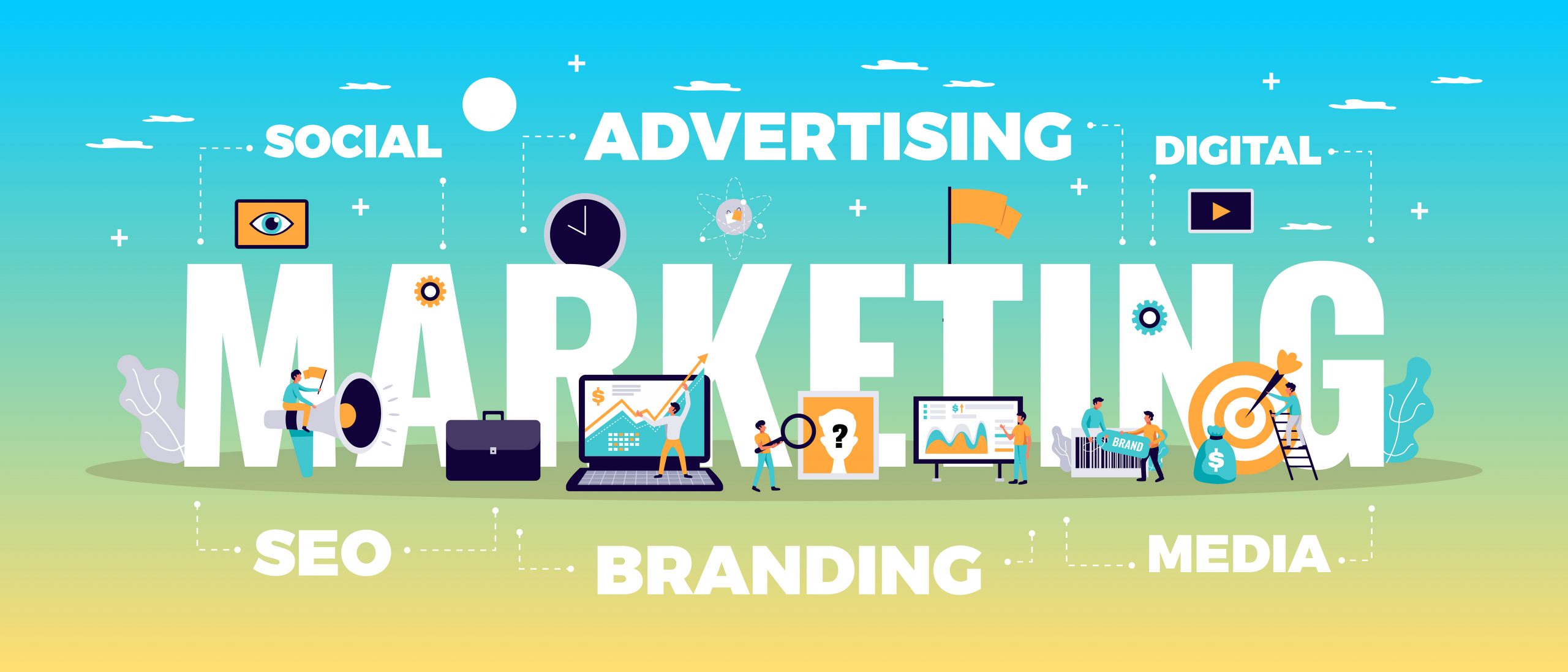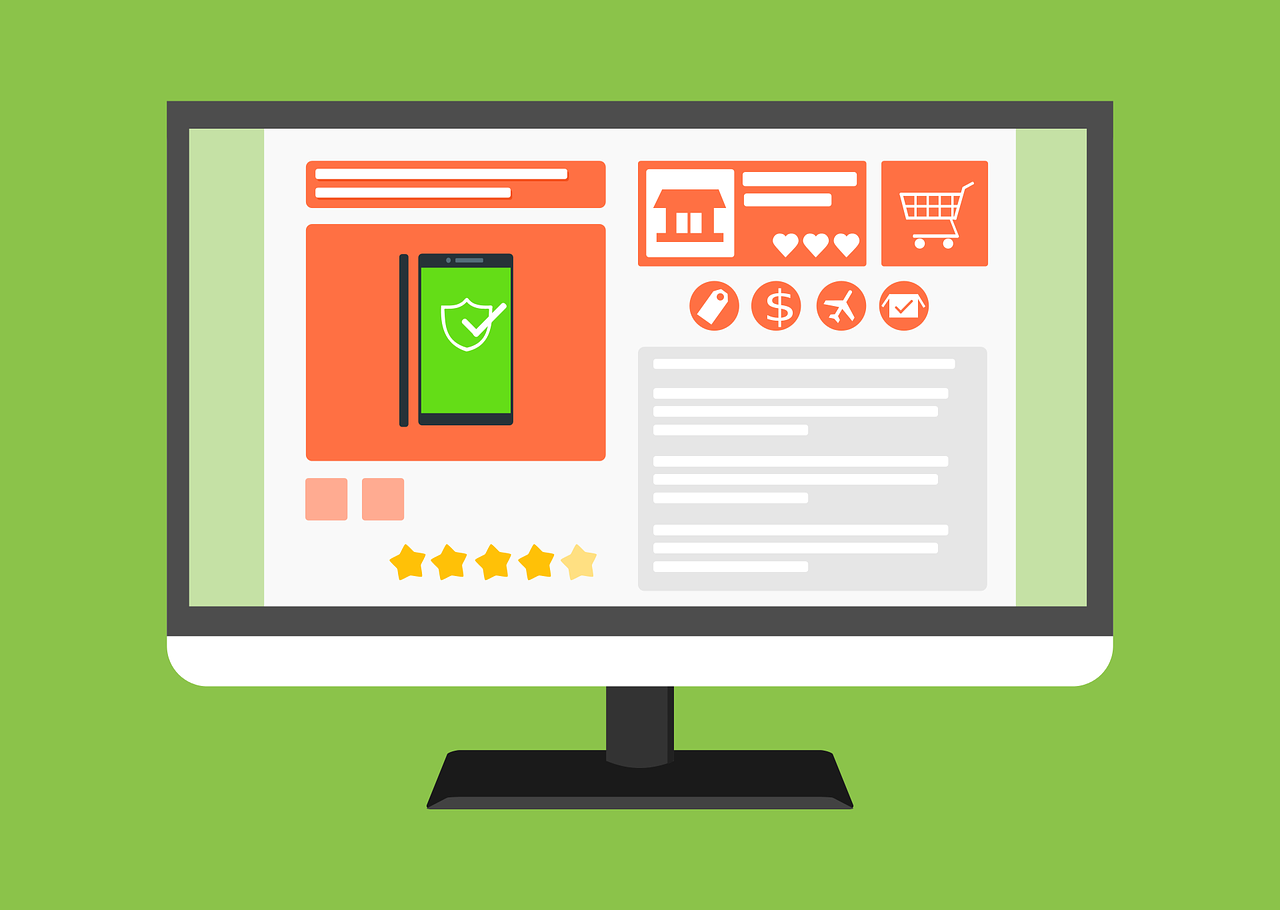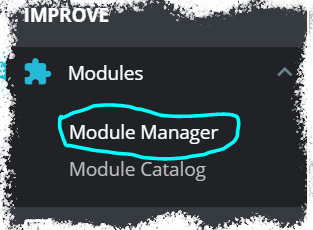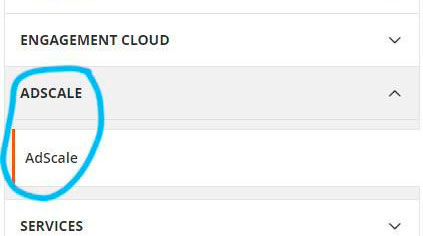Like most e-commerce stores, your advertising today probably relies on third-party data from Google & Facebook tracking pixels to create targeted ads for your products. The problem is that with the new Facebook pixel update that significantly limits your ability to track users, it is time to look beyond third-party data.
If you haven’t already, now is the time to start collecting first-party data to build your own custom audiences and find alternative ways to target customers.
What Are First-party Data Audiences?
First-party data audiences are audiences you create based on data that you collect from your own store. Essentially, these are audiences that are built without help from the Facebook pixel or any third-party cookies. Using your store’s data, including behavioral data, purchase data, and more, you can build audiences based on users who:
- buy a certain type of product
- make regular purchases
- are based in a particular location
- have certain interests
- interact with your site in a specific way
You can then target these audiences with greater accuracy by using a range of marketing techniques.
How To Use First-party Data Audiences

Once you have collected first-party data, you can use it in several ways to create more personalized experiences for your users. For example, you could create an audience based on those users who are interested in a specific type of product in your store, then target them with ads on Facebook or Google.
You could send highly personalized e-mail and SMS campaigns featuring specific products and discounts that they have a high possibility of being interested in. Or you could create personalized content based on their specific interests to use in your marketing campaigns.
Benefits Of Using First-party Data Audiences
Using first-party data audiences has several advantages for your e-commerce business:
- It’s free—You can collect first-party data for free and use it to deliver personalized experiences over and over again without having to pay for it.
- Create customized messaging—You will know exactly what your customers want, meaning you can target them with the right message at the right time according to their stage in the customer journey.
- Highly accurate—First-party data is detailed, precise, and up-to-date, so you can use it to target your customers and predict purchasing behavior with confidence.
- It’s yours—You are never dependent on third-party data so you don’t have to rely on any other sources.
How To Generate Audiences From Your Data
Hopefully, you can see the power of first-party data for your e-commerce business. But how should you actually generate audiences based on your own data? Manually generating audiences is tedious and involves analyzing and segmenting each audience. It’s not a dynamic process, and the audience is only correct at the specific time of the analysis rather than being updated when new data is collected after generating the audience.
AdScale is here to help. We do all the hard work for you by dynamically generating audiences based on your own set of rules. You can then use the audiences in your own advertising campaigns using AdScale to create personalized, highly targeted campaigns that generate more conversions and sales.

























 ,
,